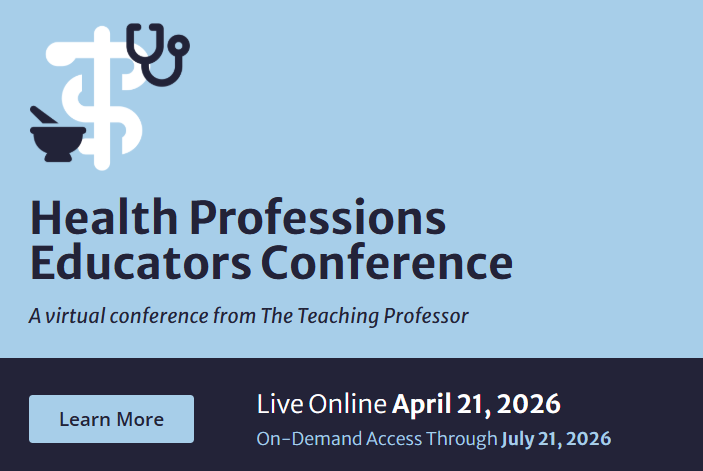
Let’s Practice What We Teach: Flipping Faculty Development
Faculty everywhere are flipping their classes, but can we flip faculty development? That’s the question I asked myself when I flipped the pre-conference workshop at the 2016 Teaching Professor Technology Conference. What I discovered is that we can “practice what we teach” and design faculty-centered learning experiences much the same way we design student-centered learning experiences.
In this article, I provide a few recommendations for flipping a faculty development workshop. For further inspiration, the article concludes with a showcase of the work created by the participants in my workshop last fall.












